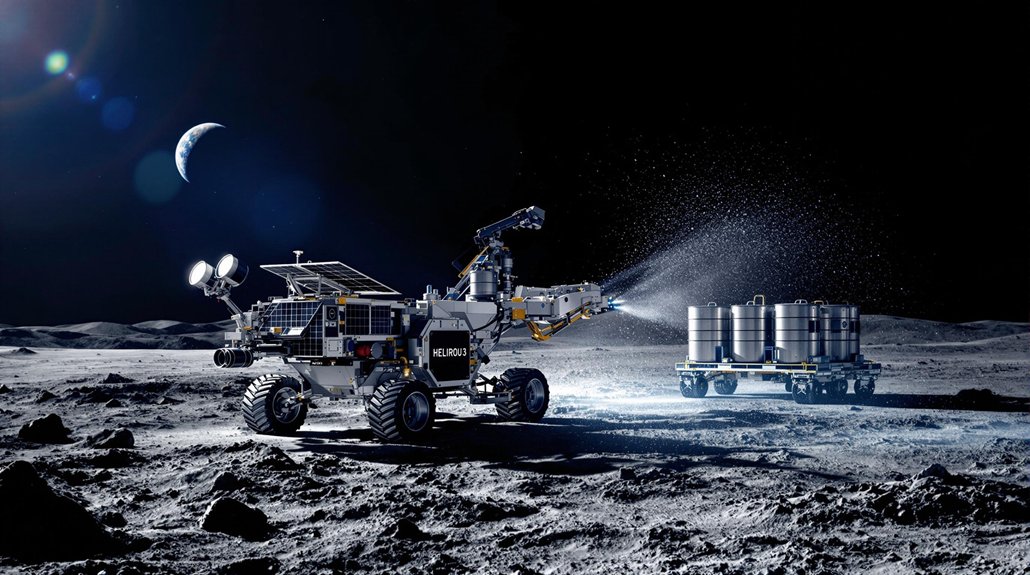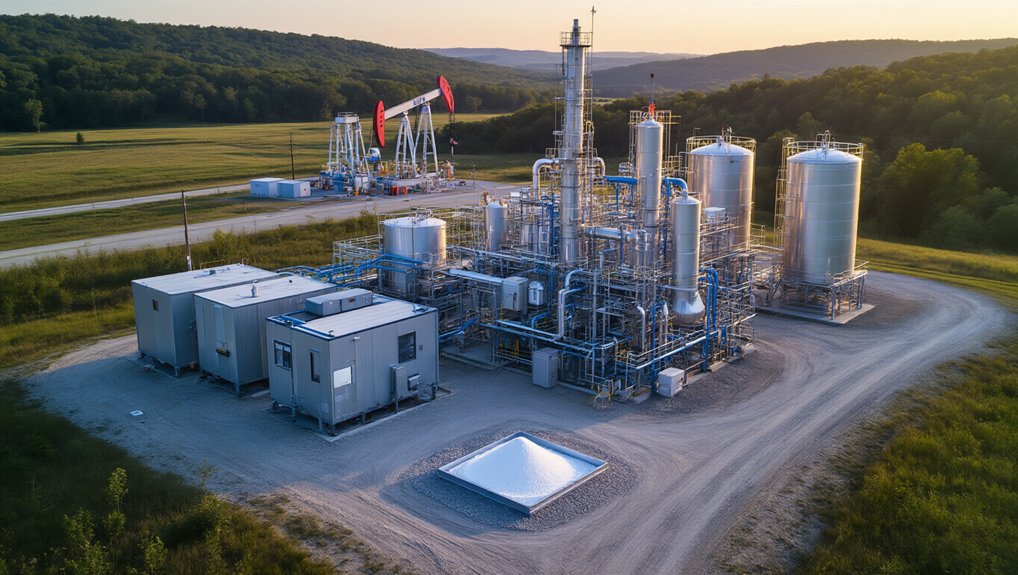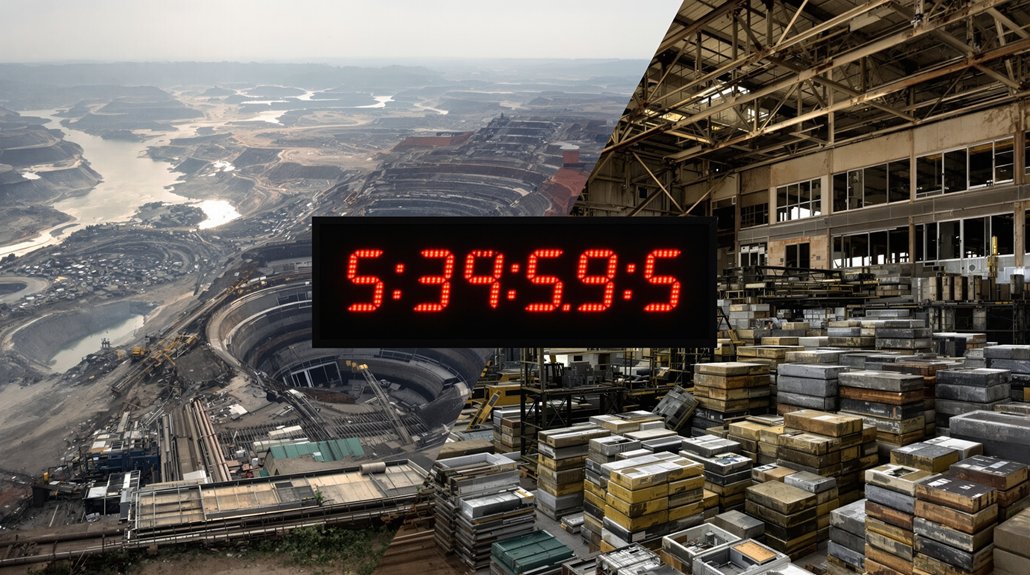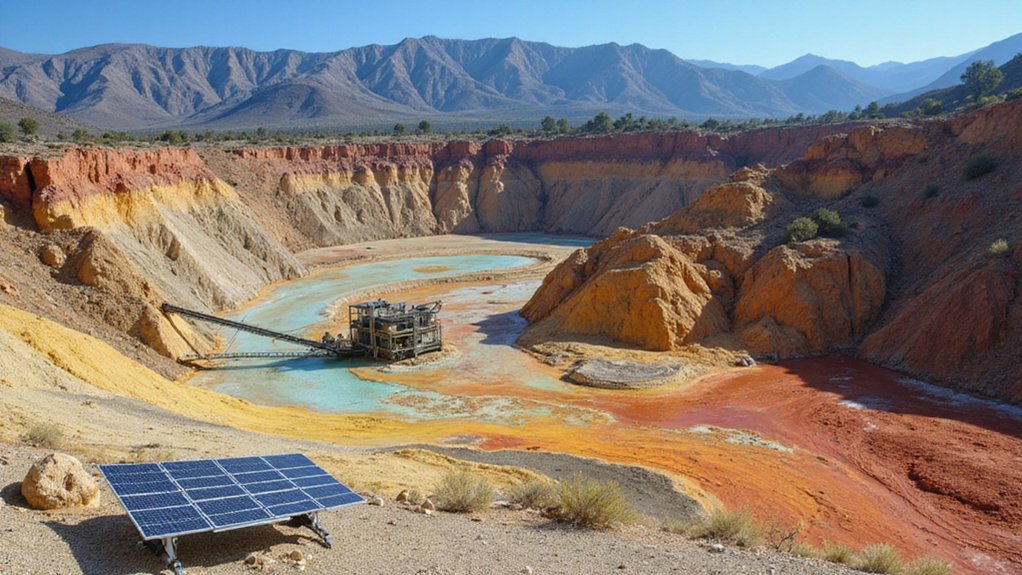Companies like Interlune are racing to extract helium-3 from lunar soil—a potential trillion-dollar resource. Each tonne could power a city for a year and fetch $4 billion. Yeah, seriously. The catch? It’s ridiculously difficult to mine, with harsh lunar conditions and just 2mg per ton of dirt. Legal questions remain murky under the Outer Space Treaty. The new space gold rush is on, but someone’s gotta solve that whole “incredibly hostile environment” problem first.
Countless entrepreneurs and space agencies are eyeing the Moon with dollar signs in their pupils—and it’s not for the view. They’re after helium-3, a rare isotope deposited by solar wind over billions of years that’s practically nonexistent on Earth but sprinkled throughout the lunar regolith like cosmic fairy dust.
The Moon isn’t just Earth’s romantic night light—it’s a trillion-dollar isotope vault waiting for the right key.
The numbers are staggering. An estimated million tonnes of helium-3 sits within just three meters of the lunar surface. At roughly 10-20 parts per billion, it’s not exactly abundant, but considering each tonne could power a major city for a year and might fetch $4 billion, well… you do the math.
Companies like Interlune, Moon Express, and ispace aren’t waiting around. They’re developing lunar landers, transportation systems, and extraction technologies with timelines as ambitious as their investors’ expectations. Interlune boldly claims they’ll be extracting by 2030. Good luck with that.
The appeal is obvious. D-3He fusion reactions produce minimal waste and no neutrons. Clean energy without the radioactive headaches? Sign everyone up.
But here’s the reality check: mining on the Moon is hard. Like, really hard. Extreme temperatures. Radiation. No atmosphere. Plus, you’ve got to process mountains of regolith to get meaningful amounts of the stuff. Scientists determined the regolith contains just over 2mg of Helium-3 per metric ton, making extraction extraordinarily challenging.
And then there’s the small matter of transportation costs. Space isn’t exactly accessible by U-Haul.
The legal situation isn’t any clearer. The 1967 Outer Space Treaty says no country can claim the Moon, but it’s conspicuously quiet about private companies scooping up resources. Awkward.
Meanwhile, NASA, China, ESA, Russia, and India are all plotting their own lunar strategies. The potential rewards are astronomical—economists project the space economy hitting $1 trillion by 2040, with lunar mining representing a $100 billion slice. The Artemis Program aims to establish a sustainable lunar presence by mid-2020s, potentially accelerating mining capabilities through infrastructure development.
Will this lunar gold rush pan out, or will these modern prospectors find themselves with nothing but moondust and regret? Only time—and a few billion in venture capital—will tell.








